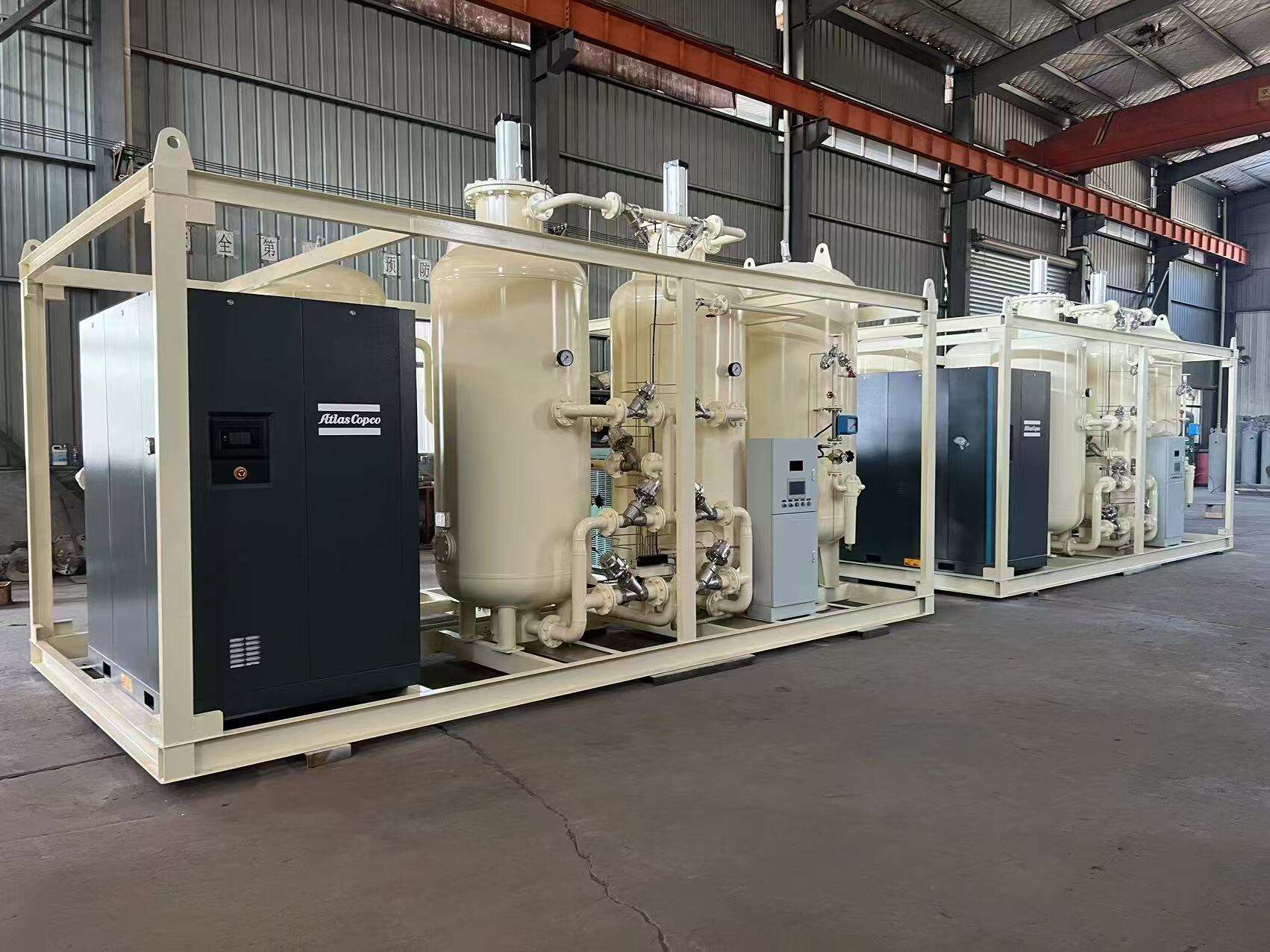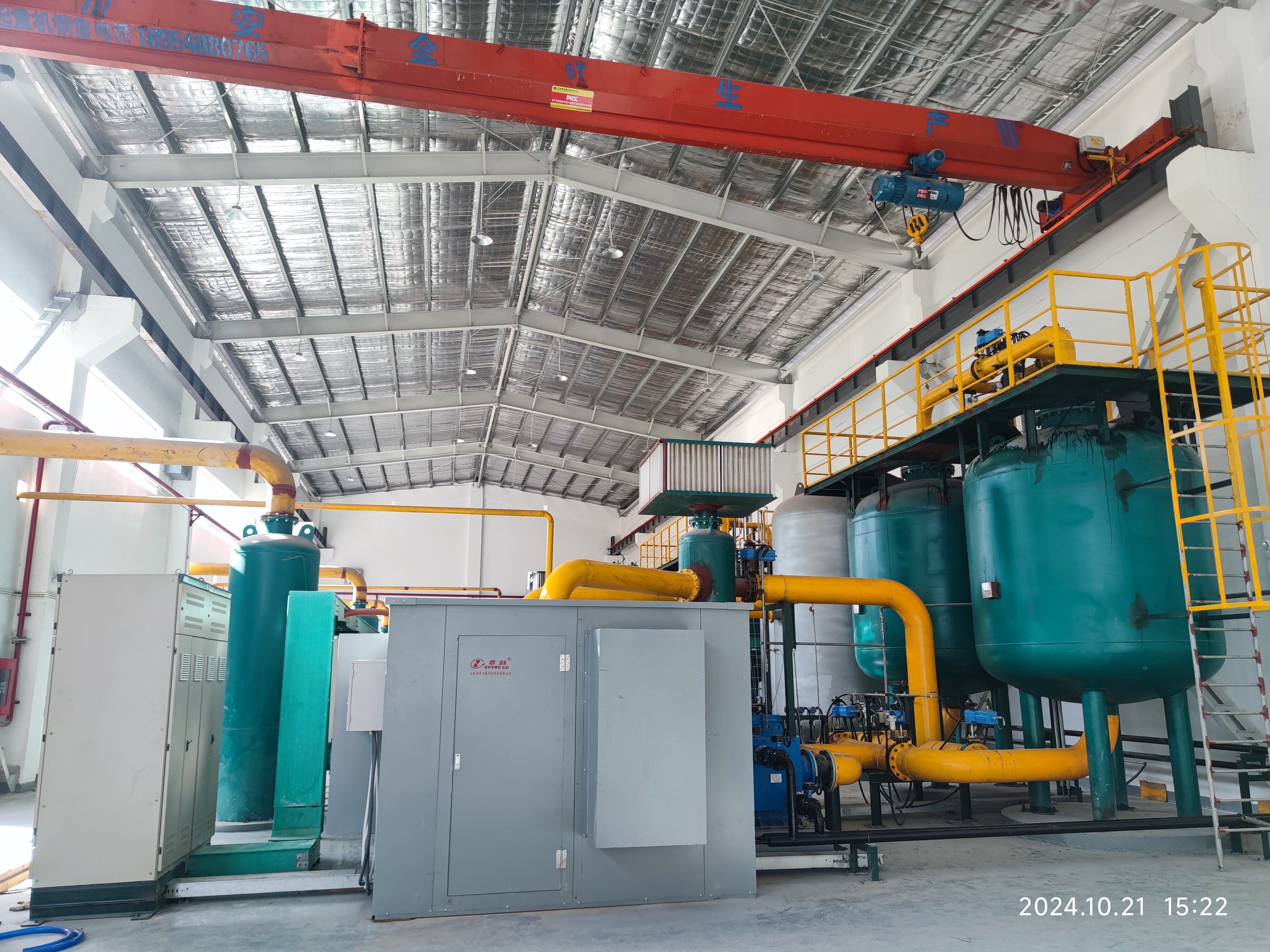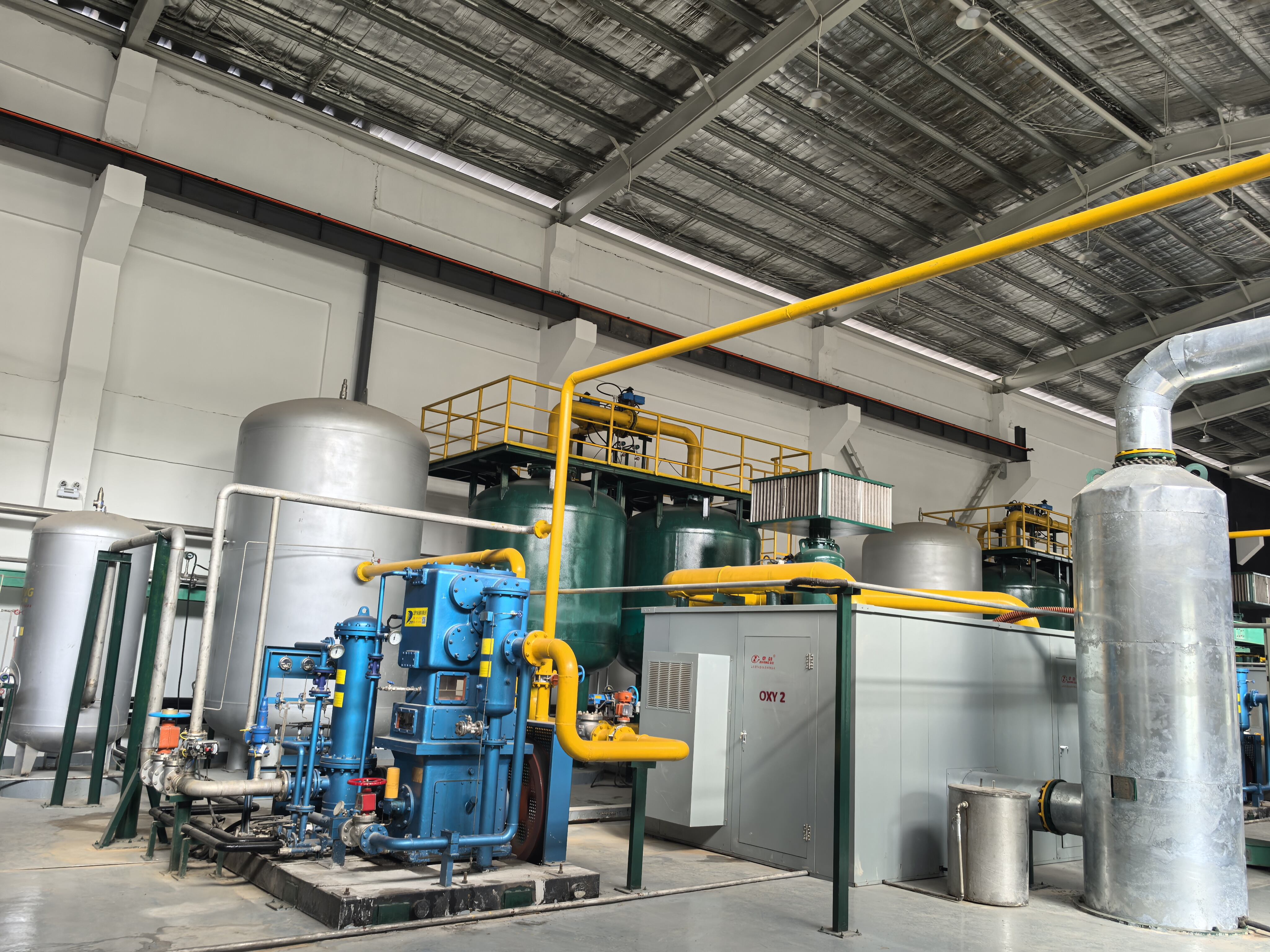psa மற்றும் vpsa இடையேயான வேறுபாடு
PSA (Pressure Swing Adsorption) மற்றும் VPSA (Vacuum Pressure Swing Adsorption) என்பவை நிலையான அளவில் அல்லது அதற்கு மேற்பட்ட சழுக்கு மாற்றங்களை பயன்படுத்தி காசுகளை வெளிப்படுத்தும் இரு முக்கிய தொழில்களாகும். PSA ஒரு காசு கலப்பினை 4-8 பார் சழுக்கு இடைவெளியில் வெளிப்படுத்துவதற்கு பயன்படுகிறது, இந்த முறை வெவ்வேறு காசுகள் வெவ்வேறு சழுக்குகளில் குறிப்பிட்ட உபகரணங்களின் மீது ஏற்றுவதற்கான கூட்டுறவின் மீது ஆதாரமாகிறது. மறுபுறம், VPSA சூரிய சழுக்குவில் குறைவான சழுக்கு அளவில் செயல்படும், அதுவே குறிப்பிட்ட உபகரணத்தை மீளவும் உருவாக்குவதற்கான சழுக்கு அளவு 0.3-1.0 பார் இடைவெளியில் இருக்கும். இந்த சூரிய சழுக்கு பகுதி உபகரணத்தை மீளவும் உருவாக்குவதை மிகவும் செலுத்தமாக்குகிறது. முக்கிய வேறுபாடு அவற்றின் செயல்பாடு சழுக்கு அளவுகள் மற்றும் ஆற்றுத்திறன் செயல்முறைகளில் அமைந்துள்ளது. PSA அமைப்புகள் மேலும் பெரிய சழுக்கு ஆற்றுத்திறனை தேவைப்படுத்தும், ஆனால் சுருக்கமான இயந்திர அமைப்புகளுடன் செயல்படுகின்றன, மறுபுறம் VPSA அமைப்புகள் சிறிய சழுக்கு வேறுபாடுகளை பயன்படுத்தும், ஆனால் சூரிய சழுக்கு பம்புகள் தேவைப்படுகின்றன. இரு தொழில்களும் நைட்ட்ரஜன் உற்பத்தியில், ஆக்ஸிஜன் உற்பத்தியில் மற்றும் ஹைட்ரஜன் தூருவத்தில் மிகவும் பரவலாக பயன்படுகின்றன, VPSA மிக அதிக தகுதியான ஆக்ஸிஜன் உற்பத்தியில் குறைந்த செயல்பாடுகளில் மிகச் செலுத்தமாக பயன்படுகிறது.


